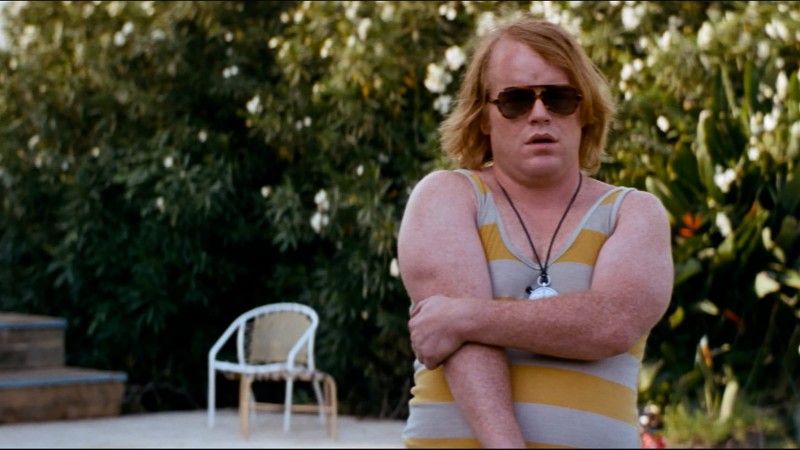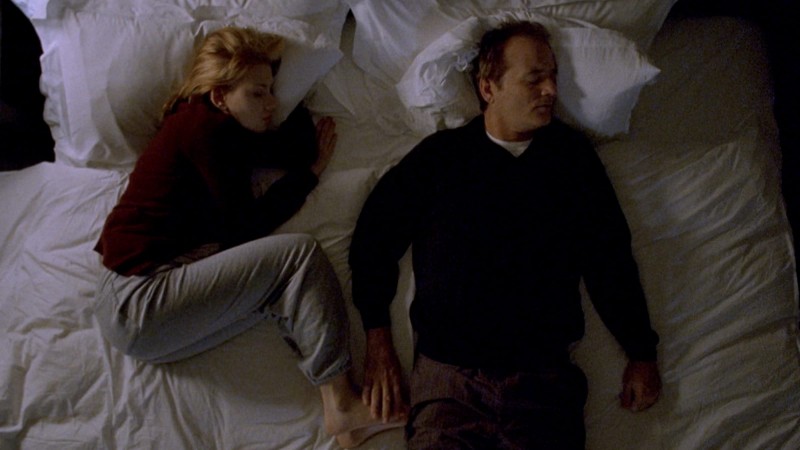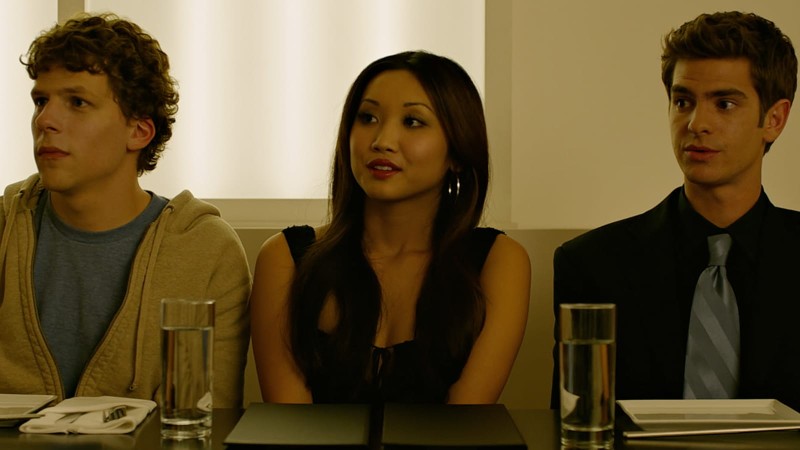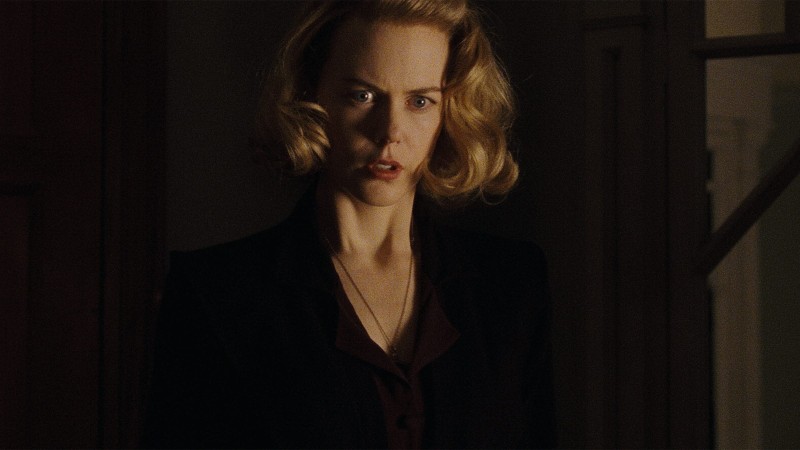The Call of the Wild

The Korda brothers’ voluptuous fantasy Jungle Book —directed by Zoltán, produced by Alexander, and art-directed by Vincent—captures that mood-swinging moment in late childhood when the adult world seems to be unbearably corrupt and nothing could be more exhilarating than escaping to the wild. Now celebrating its seventy-fifth anniversary (it premiered on April 3, 1942), the Kordas’ movie brings to turbulent life Rudyard Kipling’s iconic Mowgli, the babe raised by wolves. It’s the centerpiece of our series on the Criterion Channel, Daredevils and Castaways, which, starting today, showcases the greatest screen incarnations of celebrated prose adventures—Robinson Crusoe, The Most Dangerous Game, The Four Feathers, and The Scarlet Pimpernel—as well as Charlie Chaplin’s one-of-a-kind The Gold Rush, which turns the stuff of a Jack London saga into a comic epic. Kipling’s tale boasts the most enduring pop-culture legacy of them all. Mowgli has been the prime influence on beloved action-movie icons as different as Tarzan and Peter Pan.
No hero ever had a more exuberant big-screen coming of age than Mowgli does in Jungle Book. He boasts a distinctive, impertinent freshness because of Zoltán Korda’s peerless handling of his young star: the innately ebullient, physically expressive former elephant boy (and star of Elephant Boy) Sabu. His signature emotion is delight. He exudes the gusto of a teenager eager to rack up exploits.
This film does for the Indian rain forests what Clarence Brown would do for the Everglades in The Yearling—it turns them into a setting filled with magic and wonder. The Kordas translate Kipling’s rhythmic, sinewy prose and poetry into earthy visual beauties. In Kipling’s droll preface to his first Jungle Book, he thanks sources like “the scholarly and accomplished Bahadur Shah, baggage elephant 174 on the Indian Register.” (If you’ve read Kipling’s stories only in childhood, you might not remember how funny they are.) The film’s equivalent of that preface is equally magical. An Indian bard, Buldeo (Joseph Calleia), once a bold hunter and settler, tells a pretty memsahib that if she could read what's in his eyes she'd understand the core crisis of his country: the struggle between the village and the jungle. Then he swiftly spins the yarn of Mowgli, who wanders into the wild after a desperate, mangy tiger named Shere Khan kills his father.
The Kordas’ Jungle Book has far more Kipling spirit than the soft-as-mittens Disney animated feature or Disney’s live-action remake of its own cartoon. Critics who contend that the Kordas’ film plays fast and loose with Kipling’s content probably haven’t read the author’s Second Jungle Book, since this movie draws heavily from the later Mowgli stories, including “Letting in the Jungle” and “The King’s Ankus.” (Don’t the titles alone excite the imagination?) Laurence Stallings’s script contrasts the rough justice of Nature’s laws with the greed and amorality of men. Yet the film is refreshingly good-humored, with a streak of comedy that’s neither facetious nor campy. In a delightful Old Testament stroke, the only creatures in the jungle who speak as well as understand human language are two snakes—a codger of a cobra who guards a lost city’s treasure and a narcissistic python who likes to drawl, “I am bee-a-uuu-teeful.” What may surprise some families is that this film, like the Kipling, inspires more sympathy for sleek predators than for chattering monkeys. Bagheera, the black panther, emerges as a regal swashbuckler, cunning, bold, and reckless. One of the most satisfying jolts of any family film comes when the panther leaps into Buldeo’s face so swiftly that the hunter believes the big cat is really Mowgli—and that Mowgli is a shape-shifting witch.
The cobra and python, and an ominous crocodile, are the only cast members who are really witty machines. It took backbreaking care and cunning for Zoltán Korda to use real beasts for the rest of the jungle creatures (instead of special models or costumed dogs), and then intercut them with mechanical animals. Their size and complicated construction posed enormous challenges for the prop men who were charged with making them believable. Although you can occasionally spot the wire manipulating the fake cobra or the glass screen separating the real black panther from the actors, audiences still respond to the imagination that went into effects that are handmade, not seamless and soulless in the twenty-first-century digital manner. And the human and animal comedy and drama are all of a piece. Most of all, what makes the movie special is its fabulous pictorial zoology: the frenetic outcast monkeys; the noble, wary wolves; the mighty elephants trampling through the underbrush. At the climax, all the jungle creatures flee Kipling’s “Red Flower”—fire. When the wind shifts, the blaze envelops Buldeo’s village and torches the lost city, but not before it drives Mowgli and his friends ever deeper into the jungle, retreating from human encroachments toward a fast-disappearing state of raw, fierce purity. In Jungle Book, the jungle is in part a bare-knuckled Eden, and the movie’s theme is Paradise Lost. This clip of the conflagration demonstrates that a master like Zoltán Korda could exploit the old square 1.33:1 frame for engulfing spectacle.




